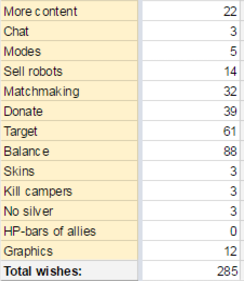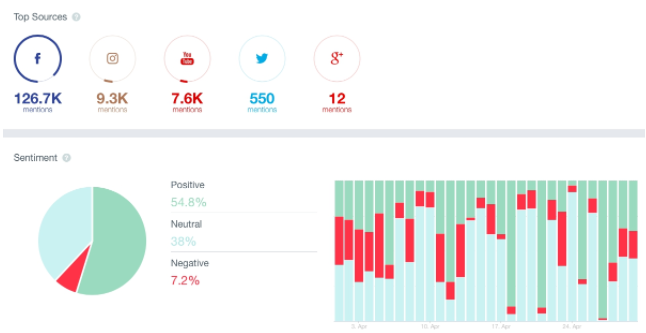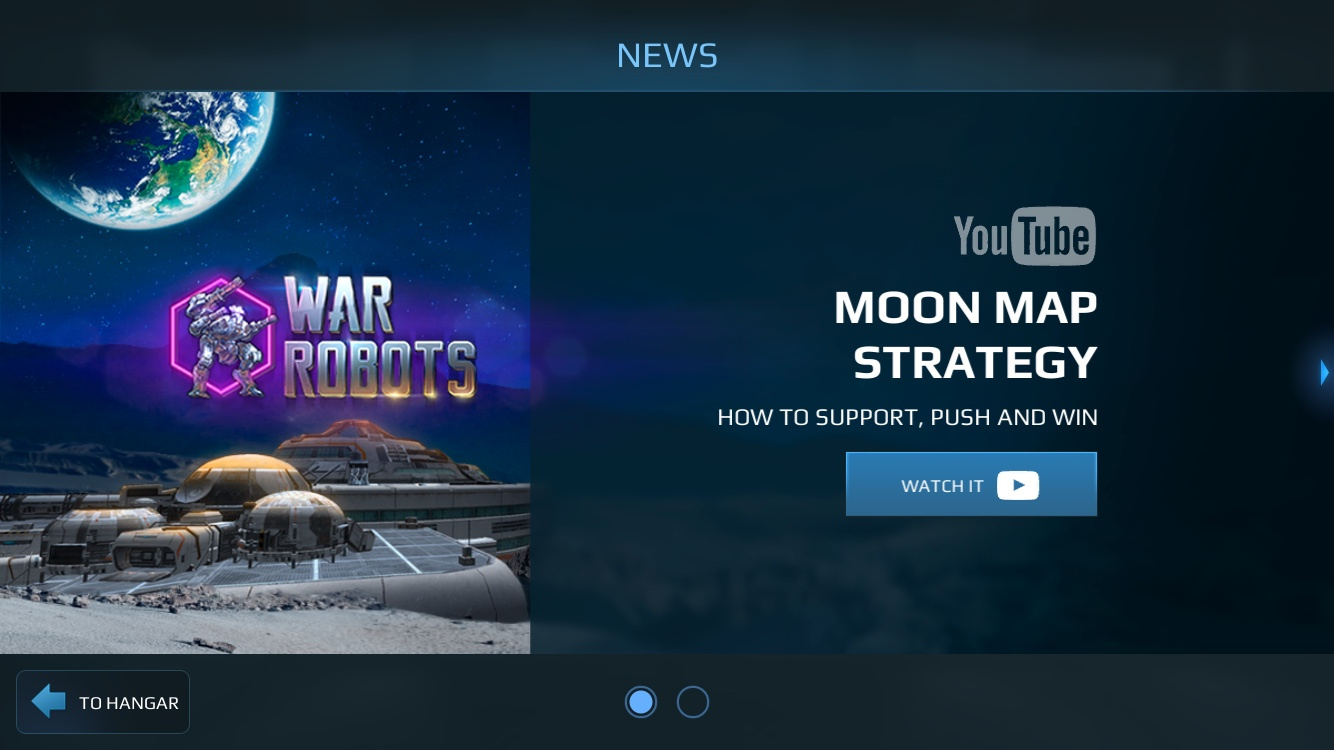“This is not about money and development”: 5 misconceptions about the work of the community manager

Many times I tried to explain to my acquaintances what I was doing. I usually call myself a PR specialist. At least it is more or less clear. But when people from the gaming industry ask a similar question, it is alarming. “How so,” the community manager will think. “There are players, you need to make a social environment - isn’t that enough for you?” Perhaps I will disappoint someone from my colleagues, but, no, not enough. When the founder of the indie studio addresses you and asks why the CM is needed, axioms like “heard player = happy player” will not convince him to spend an already limited budget.
Not only in Russia, but also abroad, I increasingly stumble upon discussions of the values and duties of such employees: “Who are these people, what are they doing, what is their benefit, and most importantly - how to calculate this benefit?”. So let's already understand - does anyone need a community manager ...
')
... and what he does
Imagine you opened a coffee house. In the evenings, the same people come to you who live or work nearby. Soon you will learn their names, professions, interests. A visit becomes a habit for them, and the goal of “buying a drink” gradually becomes a goal “to go to a favorite place”. A client comes every day, brings friends, and you know in advance what to cook for him.
Now imagine that a cup of coffee can be made only once, and thousands of visitors can buy and drink it. This is where digital distribution comes into play. You need to work with clients, hold them and grow the community. The difference is only in coverage. But if in the case of a small coffee house the effect is obvious (you personally see every regular and reduced client), then when there are thousands and millions of clients, the picture is blurred. There is a need to find a similar benefit when working with a large audience.
Next, I will list 5 common misconceptions that may form a false idea of the position of the community manager.
Disclaimer: in the text I speak about the community management in general, but I proceed from the experience of working with game projects. For non-game online services there may be differences.
Misconception number 1: KM does not make money

Seals. They are considered an integral part of the work of the CM.
Perhaps the main question for the community management is the question of its payback. As I got acquainted with the CM of various companies, I made a simple conclusion: such a misconception is caused by the tasks that the company sets for the department.
Many indie studios take 1-2 KMs on staff to maintain official resources. They are told: “We want the core audience in the social networks to have a page on Facebook, and on the forums - the appearance of the developer’s presence”. Image task, it would seem nowadays - must have. But the worker who receives such an installation does not learn to do business. Gradually, he will set himself a KPI in likes and subscriptions, his ultimate goal will be communication and short-term tasks that will turn into a hardly useful routine.
Let us clarify right away: the gaming community is not a page on social networks and not a forum registration (although without them nowhere). Under the community is to understand the entire audience of the project, one way or another interacting with each other and with the brand. Moreover, if the user is able to evaluate the product or service - he is already part of the community, the outcome of the discussions around the brand depends on his opinion (the scale of such discussions are the details).
And here we are again in a coffee shop. Imagine that every second client says that he would buy a coffee that is not on the menu. Every third - that need baking. Every tenth leaves, not having found an empty seat. And you stand behind the counter and know about it. You have reviews and plans built on them. But in the absence of feedback, there is a risk of non-compliance with customer expectations, which will lead to lost profits.
Now we will set another task for KM: to collect feedback and supplement the gaming experience with social one. With this formulation, he will see in front of him a lot more tools and opportunities. Interaction with the player will not be limited to a page on the social network, he will be aware of the need to work with the entire audience, which means in the interests of the company and the project.
A few examples (I’ll call it community-driven revenue are projects in which the community involved, rather than the built-in monetization, is the driving force of earnings):
- The Reddit community is able to form spontaneous crowdfunding in support of ideas and users.
- Popular streamers create a "lack of responses" to subscribers' comments. Everyone wants to show up on the air and think: "Zadonach, and he will answer me for sure."
- Crowdfunding platforms like Kickstarter work on the principle of Public-benefit, that is, they initially aim at community expectations and are funded by it.
Here, besides the principle “I will pay to receive it,” the principle “I will pay to become a part of something bigger” works. And this is a completely different motivation with which you can and should work.
Misconception number 2: The opinion of the players can not be measured.
Now I’ll share my experience on a game project with a million active community - War Robots. The game is published for the whole world, in our KM department there are now 8 people + 1 outsourcing. Individual people work for key regions.
A few years ago we were a small company. We had a project and a desire to make it a hit. Therefore, as soon as the new region showed interest in the game, we took the CM to work with this region. K - customer focus.
We wanted to know:
- What did the players like the most and didn’t like?
- What is missing new players?
- How difficult (read for a long time) to implement all this?
- What do we get from this?
Development (3) estimated time. Success (4) is estimated by profit. But how to evaluate the first two points?

I am not joking, we collected each review and each wish of the players with our hands. Read the review> defined category> added one. Well, what time do you rate the work of an employee with such a task? So we thought that efficiency can and should be improved. Automation!
First, we studied the services involved in Text mining and Social listening. The first is a dry text analysis on the subject of keywords. This can be found in the admin review on Google Play (then it was not there yet). In conjunction with the assessment itself, you get good statistics; in any case, you can now select a specific topic by key.
Social listening is an analysis of the text by content and sentiment. We worked on Facebook, Instagram and YouTube, but collecting feedback from there was a long-term task and not very efficient. Found a service, concluded that we can get more detailed uploads of reviews not in hours, but in a couple of minutes.

Some do not like such a “robot”, but we tried it and did not regret it. Now, each release and feature are accompanied by statistics on reviews that can be studied in real time on topics that interest us.
Misconception number 3: KM is not related to the development
Koms are accustomed to see working in social networks, on the site and forum. Publishing news, a set of moderators, off-game events, that's all. In this role, the CM sees the game for granted and protects the project unilaterally with the help of "official statements", opinion leaders, image events and other tools.
But suppose that the CM will get access to the development - he will have the opportunity to draw up a technical specification for a social feature (and justify its necessity), which will give the multiplied effect of his work.
For example, features such as “inbox” or “news” help to create a community infuenser in a matter of days - the traffic of the community converts perfectly into views, subscriptions, and interactions. 30% of our high-level players regularly read news.

Here we pursue 2 goals at once: to educate players and create an infuenser on YouTube.
With a good DAU, you can also increase the coverage of an event or a tournament in two accounts. You get the Call to action tool. Describe the conditions of the event in advance, and the player will begin to prepare for it, because he knows that if he knows it means he is armed. How to benefit from it depends on your goals.
Vainglory developers separately lead Community, eSports and News, directing players where they need to go.
I do not say that food teams do not make such features. But CM with the ability to affect the feature is able to squeeze the maximum out of it.
At the same time, users who see the news in the game may not be in groups or in chat rooms, but come as observers, which leads to the next item.
Misconception number 4: While the player has not subscribed, the CM does not work with him.
Works and should work.
Let's say you are launching a new multi-user project. The team of community managers arrives with the task of arranging the feedback collection.
The game has started, in good faith leads the user to chat on Facebook, evaluate the game in the store, record video on YouTube.
Further, the CM receives a comment, rating and video. The commentary says that the game is getting boring, the score is three, in the video it's criticism. For a week, such 10/100/1000 users are recruited and a report “everything is bad, players are dissatisfied” is formed in the department.
But analysts do not confirm this information - the retention is higher than expected, the gross well, the DAU is growing. Their conclusion: the CM provided inaccurate data, or the problem is simply not localized.
But who, if not the source of this data, can localize the problem? Then the CM, which knows the disgruntled player (or group of players), can create a sample of similar users and look at the presence of drawdowns. Everything, the problem will be detected, no false alarm and unnecessary questions.
Example:
KM receives feedback about the balance - some weapons are not effective according to the players. He says that there is a problem, but neither the sale nor the use of weapons has not decreased. The CM determines the group of players - this is a specific league - and sees the following:

On the graph, the percentage of spawn with weapons in different leagues. With such information, the CM will not raise the topic of “players are dissatisfied, the weapon is bad.” He will tell you exactly what the problem is causing dissatisfaction and who (in this case, Weapon 1 in the low to medium leagues, and Weapon 2 in the high).
Analytics looks at everyone, no matter if users are subscribed to your pages or not. The only difference between an active player is that he is talking to you. The same problems can be and those who are silent. And looking at all at once, the CM will have an objective picture, will be able to react and act correctly. He needs to understand that often the situation assessed by him is only a part of the real one. Access to analytics and appropriate training in our case worked as it should.
Misconception number 5: KM performs the functions of technical support.
Let's go back to the coffee shop. Suppose the customer is not satisfied with the quality of the coffee. In the ideal world of your own coffee house, you decide to do something, compensate for dissatisfaction and fix the problem.
When the coffee house gets bigger, the roles will split up. The employee will accept the complaint, the manager compensates for dissatisfaction, the owner will decide how to fix the problem.
Now, just like last time, we are expanding our reach. Each user who has experienced a problem with the service will require an individual approach. And he will be an individual anyway, because you need to know the essence of the question before writing the answer (or choosing a macro). A support agent tool is a tete-a-tete dialogue with an individual contacting user (which in many cases creates a full-time, large team).
This is the main difference. CMs can and should contact groups in order to inform, call to action and complement the game experience with dialogue with users, collect opinions - everything depends on the goals. The area of responsibility of the CM is:
- in-game news and other social features;
- website and forum;
- social networks and chat rooms;
- opinion leaders, content makers, etc .;
- project analytics;
- social analytics and polls.
For example, the more clients the publication covers, the less users will turn to support on this topic. Another reason to work on reach instead of likes. Let's say the game doesn't work. What will you do - immediately write in support or first go to the official page? The task of KM is to teach players to read announcements and news, to help them develop such a habit.

Eventually
The CMs themselves sometimes compare themselves with “universal soldiers.” This is true, but only if they know how to use weapons and know their goal. Now there are already candidates on the market with a well-established opinion about the multifunctionality of the community manager. And if they are offered only SMM or support, they will raise their eyebrows and politely refuse. Such people are motivated not only to support, but also to build.
CM gradually ceases to be an entry point to the gaming industry, companies have a need for people with understanding, experience and expertise. And I very much hope that this article will be at least something useful to them.
Source: https://habr.com/ru/post/330224/
All Articles